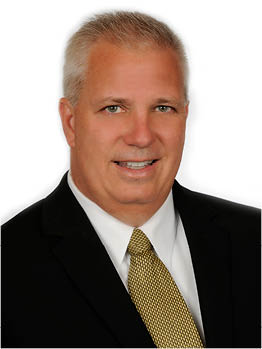

www.bmf.cpa
Eyes Wide Open: Who’s Watching Your Organization?

When it comes to nonprofits, there are plenty of prying eyes out there. Of course, state authorities are keeping their eyes peeled (approximately 45 states regulate nonprofit fundraising). And the IRS has made nonprofit governance a major focus area.
Just as curious are the watchdog organizations and media outlets looking for transparency and accountability in the nonprofits they monitor and cover.
The IRS
These days, the Internal Revenue Service is zeroing in on nonprofit governance and management practices. IRS Form 990 asks some very pointed questions about whether your organization has implemented policies relating to everything from executive compensation and conflicts of interest to document retention
and destruction.
Action: Have your board and executive director review the questions in Part VI of Form 990 to determine whether your organization needs to implement or modify governance practices. Then disseminate documentation of all policies and procedures to administration, staff and your board. Finally, incorporate a review process for policies and procedures into your annual plan.
State Regulators
States consider charity regulation an important matter of consumer protection, and they back up their bark with plenty of bite. Nonprofit fundraisers that fail to register with the proper state agency before soliciting contributions in that state can be subject to fines and civil suits. The state may also revoke your right to solicit contributions there. Size doesn’t matter — organizations of any size are generally required to register before raising funds from the public.
Action: Take advantage of the Unified Registration Statement (URS) to register for fundraising in multiple states. Thirty-six of the 39 jurisdictions or states that require registration accept the URS. Visit http://multistatefiling.org to use the form. For detailed guidance on best practices for solicitations using the Internet, consult the Charleston Principles established by the National Association of State Charity Officials (NASCO) at http://nasconet.org.
Charity Watchdog Groups
Groups such as Charity Watch and Charity Navigator are interested in not only how you raise funds, but what you do with donated funds and how you manage your finances. You can go a long way toward satisfying them by properly using the Statement of Functional Expenses in your organization’s IRS Form 990. This is the four-column section in which you are asked to report types of expenses (such as salaries, rent, postage, grants made, etc.) and then divide and assign those costs to the functions of Program, Management/General and Fundraising.
Action: Consider following the Direct Marketing Association Nonprofit Federation (http://nonprofitfederation.org) guidelines for maximum transparency. DMANF is a national association of charities and their contractors that use direct marketing to solicit donations. The group’s fundraising guidelines call for the majority of revenue going to programs, a balanced view of finances, communicating your strategic plan, and following generally accepted accounting principles (GAAP) and reasonable joint-cost allocations.
The Media
Good reporters know to “follow the money.” The enormous outpouring of charitable gifts in the wake of 9/11 signaled a new era in media coverage of nonprofits — sometimes harsh and critical. Inaccurate, unfair or downright hostile reporting typically happens when an organization has not been forthcoming in providing legitimate information.
Action: No matter the size, all nonprofits need a basic media relations plan — from responding in a crisis to answering inquires about your organization and its charitable purpose. This could involve simply identifying
a spokesperson and creating talking points for common media inquiries. Or, it could be as involved as developing press releases, setting up a media hotline and creating a social media strategy for getting the word out in a crisis.
At the very least, help the media tell your story. Distribute a media kit with facts on your mission, programs, sources of funds and how your activities directly benefit the public.
Know What to Share (and When)
Thanks to the digital age, there are more eyes on your nonprofit than ever before. But regulators, watchdogs and reporters all want to see the same thing: wise stewardship and sound governance.
Have questions about nonprofit accountability? Contact us to discuss further.
Dale A. Ruther?>
CPA, CIT, CDS, CCIFP
About the Authors
Subscribe
Stay up-to-date with the latest news and information delivered to your inbox.
